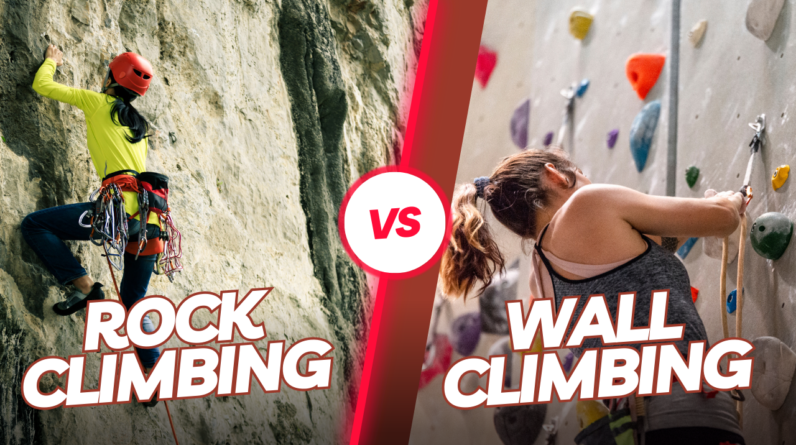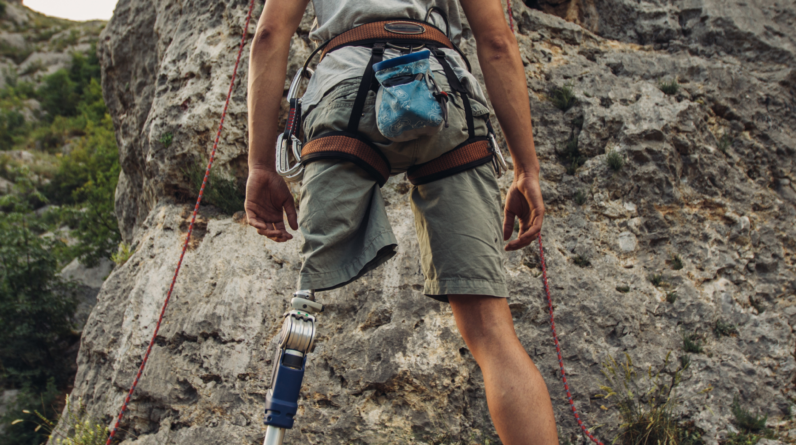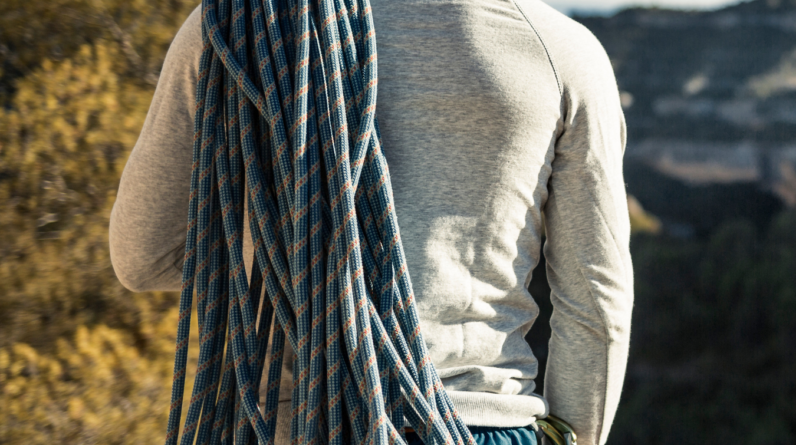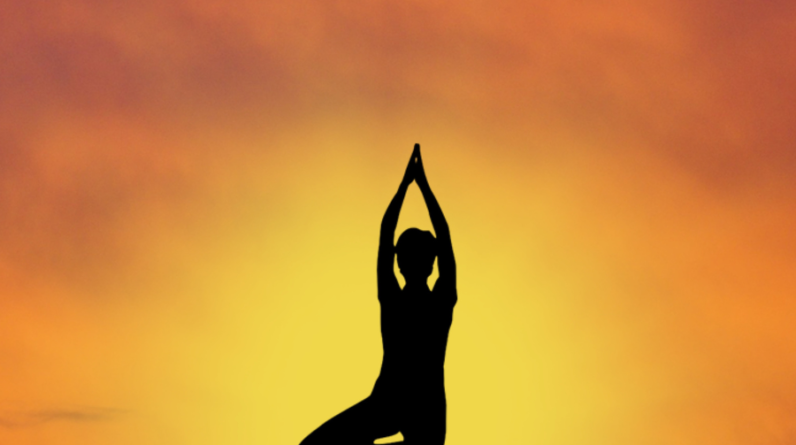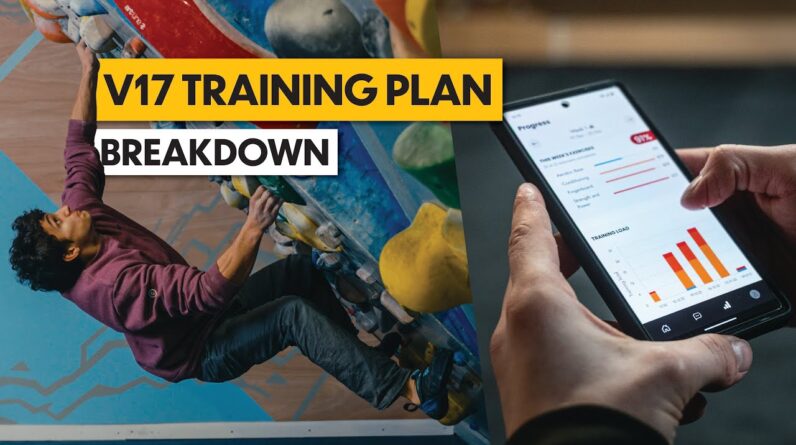
Aiden’s Journey as a Climber
Meet Aiden, one of the most intrinsically motivated climbers you’ll ever come across. Aiden takes training to a whole new level, finding joy and satisfaction in every movement. For him, the process of training is just as important as the end goal, and that’s what sets him apart from the rest.
Precision in Goal Setting

Aiden is quite meticulous when it comes to goal setting. He likes to be precise with his goals and understand the results he’s trying to achieve. He follows a simple three-step process – Result, Reality, and Response. This makes it easy for him to remember his goals and focus on the required skill sets to achieve them.
Balancing High Loads with Volume
When training with Aiden, it’s important to balance the high loads that increase muscle mass quickly with the right amount of volume. They start off with some high-quality training on most sessions, which includes harder climbing on the board. As the training plan progresses, the specificity of the hard section of climbing becomes more acute, and the volume part of the climbing starts to reduce.
In the weeks leading up to a trip, Aiden is in full replica mode. He’s fine-tuning his specific movement patterns and there’s no volume afterwards to give his muscles time to recover.
A Formula One Car in Climbing
Aiden can be described as a Formula One car in climbing – as he gets more specific, he becomes more adapted to a specific climbing style. This means that his supporting muscles are in constant use, and he’s at a higher risk of creating injuries. That’s why the volume has to drop down to give his muscles time to recover.
A Typical Week of Training
A typical week of training for Aiden constitutes of five days of hard climbing and training, with additional fingerboarding for intensity. He takes two days a week to completely rest his fingers, but that doesn’t mean he doesn’t do any conditioning. He focuses on lower-body exercises like Copenhagen plants, Cossack spots, and other aerobic climbing-specific exercises.
The Misunderstood Reputation of Strong Fingers
Aiden has a reputation for having strong fingers, but the term is often misunderstood. His fingers are strong in relation to the way he uses them. He may not be that impressive in a half-crimp position, but his strength lies in the way he engages with holds and maintains compression with his legs.
In conclusion, Aiden is a unique climber who finds joy and satisfaction in every aspect of training. From goal setting to balancing high loads with volume, he’s always pushing himself to be the best he can be.
| Type of Training | Description |
|---|---|
| High-Quality Training | Begins each session with harder climbing on the board |
| Volume Training | Follows high-quality training with more volume, including a variety of movements |
| Specific Movement Pattern Training | As the trip approaches, the focus becomes more specific and acute, with longer hard climbing sessions and less volume |
| Replica Training | In the weeks before the trip, the focus is on replicating specific movement patterns, with no volume added |
| Fingerboarding | Intense training for finger strength |
| Lower Body Conditioning | Focused on lower body muscles, such as abductors, range of motion and aerobic exercises |
| Rest Days | Two days a week dedicated to rest, with non-climbing specific conditioning |
Step-by-step Training Guide
Step 1: Start with generic movements
- Begin with relatively generic movements that are still challenging.
- This can be on the board or with harder climbing.
- The first part of the session should be focused on high-quality training.
- Balance this with more volume toward the end of the session.
Step 2: Add aerobic recovery work
- Combine the high-quality training with some aerobic-style recovery work to help with conditioning.
Step 3: Increase specificity
- As you get closer to the trip, the specificity of the hard section of the climbing should become more acute.
- The hard part of the climbing session should get longer, while the volume part of the session should reduce.
Step 4: Build replicas
- Start building replicas of specific movement patterns to fine-tune your skills.
- Reduce volume in the weeks before your trip to give your body time to recover.
Step 5: Focus on finger training
- Train five days a week on finger-specific stuff like fingerboard.
- Make sure to take two days a week to completely rest your fingers.
- On these days, focus on lower body conditioning exercises like Copenhagen plants and Cossack spots.
Step 6: Incorporate arcing
- Incorporate 10 minutes of arcing into your training to mimic climbing movements.
- This will help with range of motion and engage your lower body.
Step 7: Keep in mind the importance of balance
- Remember to balance your high-intensity training with rest days to avoid injury.
- Focus on the way you use your fingers in relation to your climbing style, rather than just focusing on having strong fingers.

